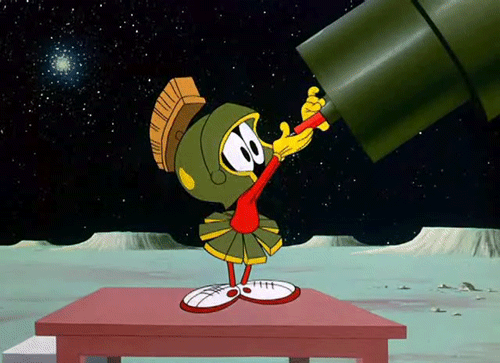In today's media and technological landscape, quick clips and short news stories showcasing new gadgets and "wow factor" tech often leave us intrigued but rarely make us skeptical. Some of the inventions that we see in movies and books seem too good to be true, but many of them actually come to life! Science fiction teaches us to fear that the "robots are taking over," but maybe this isn't such a radical idea after all.
Yesterday's Fiction is Today's Science
Here are some modern-day examples of cyborg-tech that were based on ideas from science fiction!
Neuralink // The Culture
Neuralink is Elon Musk's company developing brain-machine interfaces (BMIs). The goal of this technology is to create a "symbiosis with artificial intelligence" that would start by helping people with brain diseases, but ultimately be used for human enhancement. An external device would read signals from electrode threads implanted in the brain and allow the user to operate technology using the data. Musk has said that part of his inspiration for Neuralink is based on the "nerual lace," technology in Iain Bank's series The Culture.

Google Glass // Feed

This is a product developed by Google that allows users to put on a headset or glasses and be able to see a lot of the same stuff that a smartphone would let you. In this tutorial video you can see how someone would use the device to access a timeline of information. It is currently being marketed as a business solution to enable workers to do their jobs more easily. This ability to see a timeline just by looking with your eyes is eerily similar to the Feed technology that all people in society use to stay connected in M.T. Anderson's book Feed.
Smart Speakers // 2001: A Space Odyssey

Alexa, Google, Siri. These personal computer assistants are commonly used in households around the world. They can even be paired up with many of your other devices to give your smart speaker full control of your home. "Hey Alexa, turn off the lights!" This isn't the first time that a machine has assisted humans in maintaining their environment. HAL 9000 from 2001: A Space Odyssey was one of the most famous examples of a personal computer assistant that helped to man the Discovery One ship.
"It's really wonderful to see how an idea goes from science fiction, to lots of doubting, to all of us taking it for granted."
- John Cohn

Sci-fi cyborg tech has been a source of inspiration and innovation for decades! As you may have noticed, many of these science fiction examples ended in turmoil in their original forms. However, we can use science fiction and other technical disciplines to learn about the potential consequences of a technology and be cautious when bringing it to life.